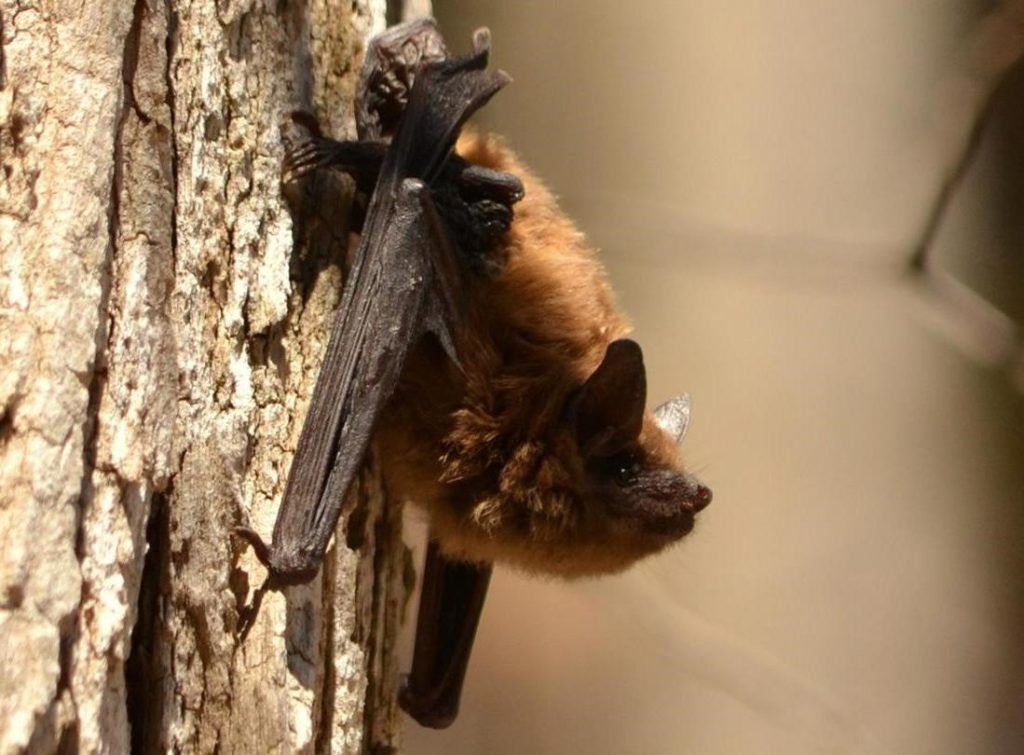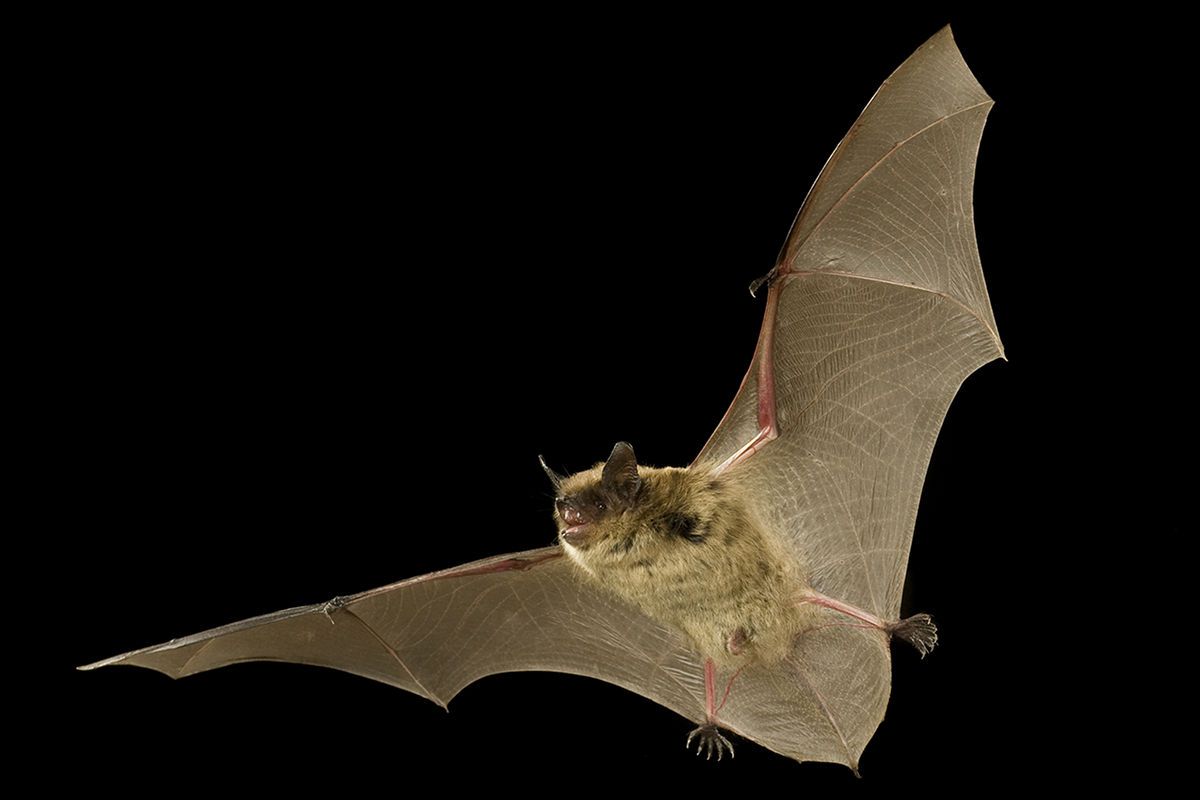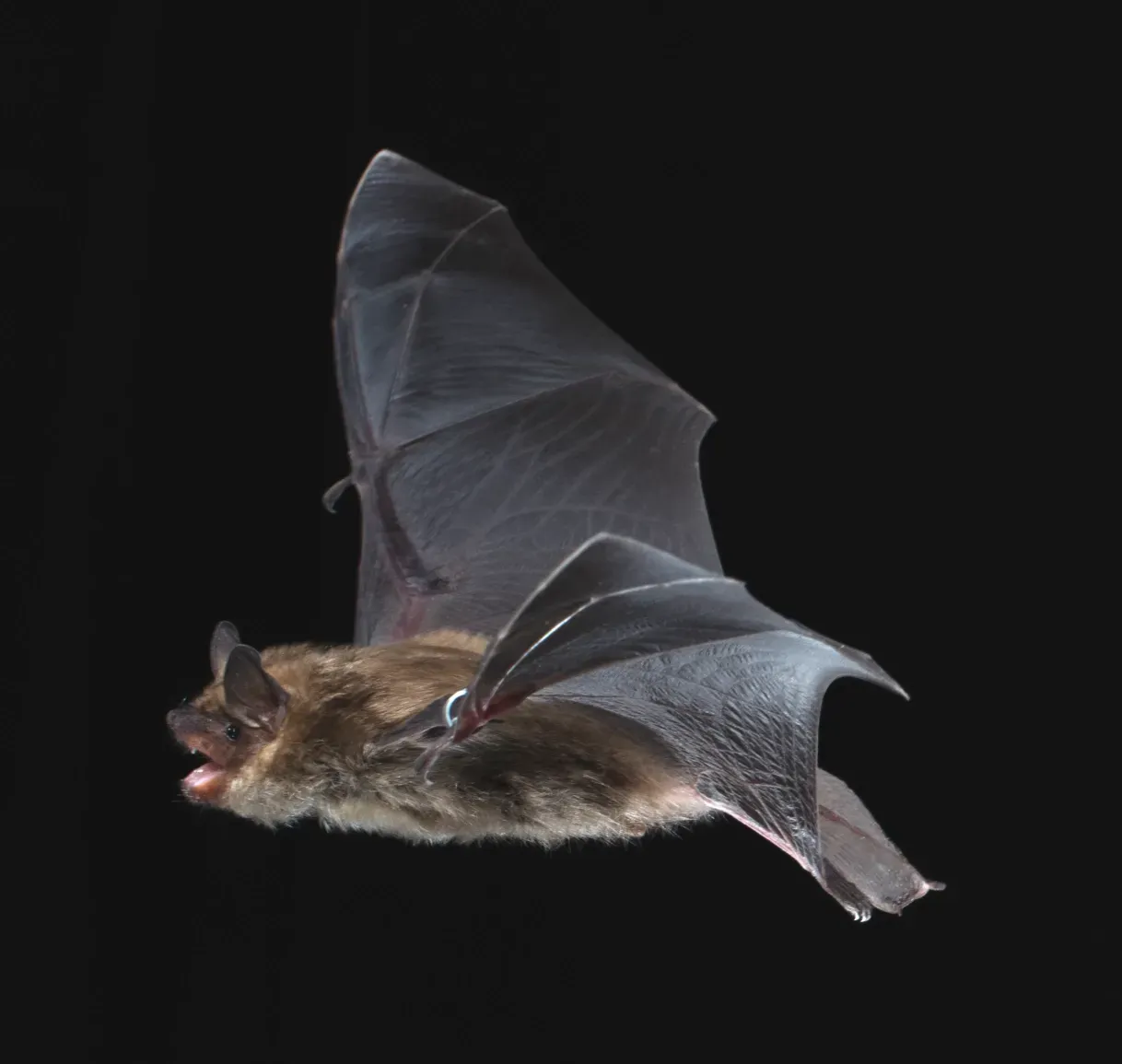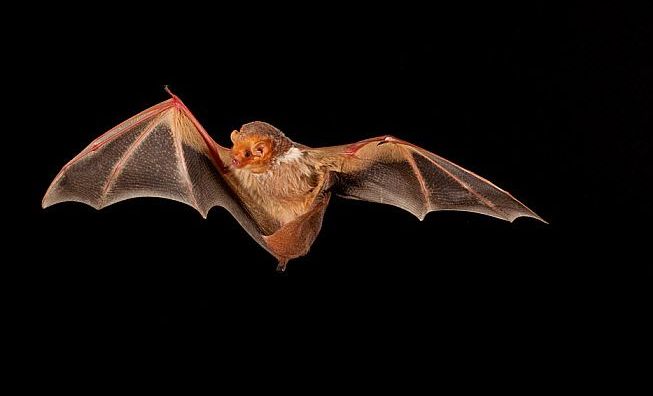Bats in Wisconsin and Northern Illinois
Understanding Risks, Signs, and Safe Removal
Our Ethical Approach to Wildlife
Respectful, humane care for every species we handle
At Advanced Wildlife Management, we understand that bats are not pests—they're critical to the environment. We recognize their ecological role and natural beauty, and that’s why our removal methods are designed to protect the bats as much as the homes they enter. From exclusion timing to relocation techniques, every step we take reflects our commitment to humane, ethical treatment.
Bats are a vital part of the ecosystem in Wisconsin and Northern Illinois, helping control insect populations and pollinating plants. However, when they roost in homes—especially attics—they become a serious nuisance. Their presence poses health and structural risks, particularly due to the accumulation of guano (bat droppings), which can harbor harmful spores.
Understanding Bats in Our Region
Why bats matter—and why they don’t belong in your attic

Common Bat Species in the Area
The most frequently encountered bats in our service area include:
These species often seek warmth and safety in man-made structures during late summer and fall.
Warning Signs of Bats
What to listen for, look for, and smell for
If you suspect bats in your home, look for:
- High-pitched squeaking or fluttering at night
- Accumulated droppings below vents or in the attic
- Rub marks or staining near small entry holes
- Strong, musty odors
- Sightings of bats exiting at dusk
Habitats and
Entry Points
Where bats hide and how they get inside
Bats prefer quiet, dark, and warm spaces. Common bat entry points include:
- Roofline gaps and construction defects
- Open attic vents or gable vents
- Uncapped chimneys
- Loose soffits or fascia boards
- Ridge vents and louver openings
Once inside, they cluster in insulation, behind walls, or within rafters.
The Dangers of
Bat Infestations
The hidden risks of letting bats stay in your home
While bats themselves are generally not aggressive, their presence can be hazardous:
- Health Risks: Inhalation of guano dust can cause histoplasmosis, a potentially serious lung infection
- Odor & Stains: Accumulated droppings emit a strong ammonia odor and can stain ceilings or walls
- Noise Pollution: Fluttering or chirping at dusk or night can disturb sleep
Safe and Humane Bat Removal
Our trusted process for removing bats without harm Advanced Wildlife Management uses humane, non-lethal exclusion techniques to remove bats. Our step-by-step process includes:
- Full inspection of the property to locate roosts and entry points
- Installation of one-way bat valves that allow bats to exit but not return
- Sealing of all secondary gaps and holes to prevent re-entry
- Post-removal cleanup and sanitation
We comply with local wildlife protection laws, including timing exclusions outside of maternity season.
Repairs After Removal
Bats often leave behind contaminated insulation, stained rafters, and guano piles. Our team provides:
- Attic decontamination and guano removal
- Insulation replacement
- Roofline and soffit sealing
- Vent screening and structural repairs



